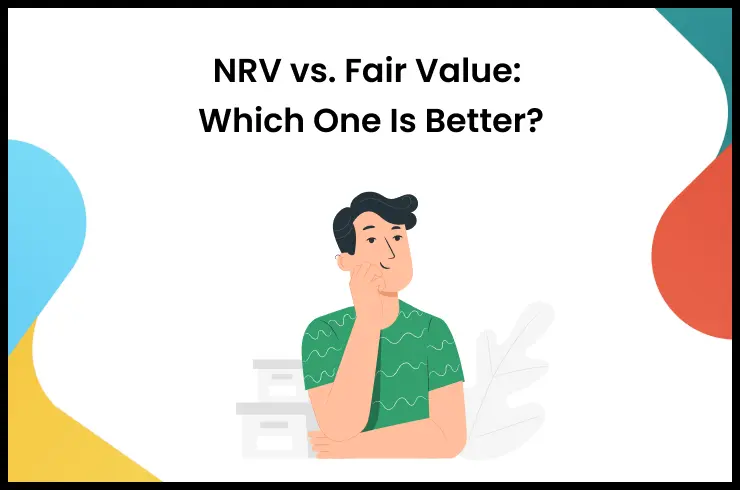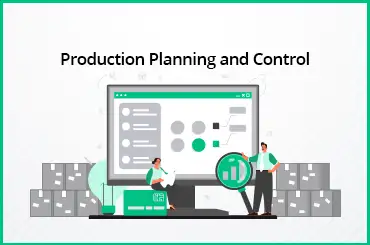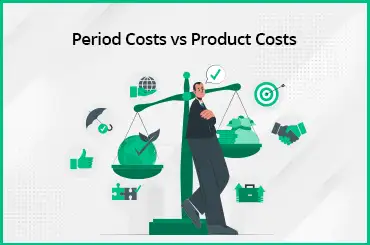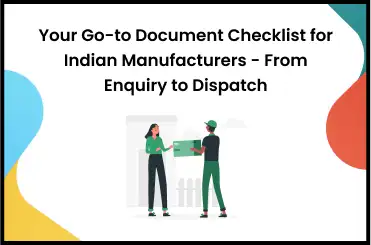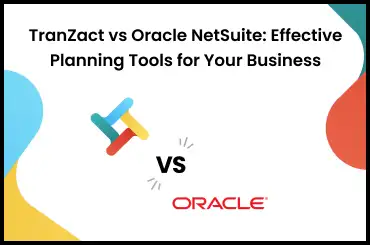Well planned outbound logistics can deeply impact a company's bottom line. Businesses can reduce costs, reduce delivery times, and increases customer satisfaction by strategically improving transportation, warehousing, and distribution processes.
Moreover, effective outbound logistics management can improve inventory management, order fulfillment, and overall supply chain efficiency. Outbound logistics covers several important processes, including order picking, consolidation, dispatching goods, and transporting products to end customers or company centers.
This article will discuss how outbound logistics works, its benefits, and how it improves a business’s profitability.
What Is Outbound Logistics?
Outbound Logistics involves the smooth movement of goods from producers or sellers to consumers, surrounding key objectives such as packaging, shipping, distribution, and successful product delivery. Outbound logistics, also called distribution logistics, is an essential process that makes sure the smooth flow of products, validate businesses to meet customer demands effectively and efficiently.
An example of outbound logistics is when a retailer receives an order, and the fulfillment process occurs from a distribution center or the location where the relevant inventory is stored.
Outbound Logistics Phases
Here are the five common outbound logistics phases:
1. Order Picking
At the core of every logistics facility, order picking is responsible for preparing customer-requested products for dispatch as orders. These orders may be meant for end customers, distribution centers (DCs), or other company warehouses and stores.
2. Order Consolidation
This involves organizing and sorting orders before dispatching them, typically grouping them based on their final destination. This process can take place in a designated area or a consolidation warehouse.
3. Packing and Labeling
Packing requires preparing orders for dispatch by selecting appropriate packaging materials based on product size, quantity, and specific characteristics. Each box is labeled with a shipping label containing the order reference number, destination address, and tracking number for traceability.
4. Truck Loading
This involves loading products onto trucks for transportation to their fixed destinations, such as DCs, warehouses, or directly to customers. Managing truck loads efficiently requires grouping orders by route and dividing goods by weight and volume.
5. Order Transport and Delivery
The final point of goods delivery presents important challenges in outbound logistics. Packages meet various barriers, from their departure from the last distribution point to reaching the last destination. These challenges may come from transportation factors or the nature of the delivered products.
How Does Outbound Logistics Work?
Outbound logistics starts when goods are prepared for dispatch to their final destination. This process needs not only the transportation of goods but also the movement of products between various facilities to increase accessibility and smoothen the supply chain. By strategically managing these movements, companies can make sure efficient delivery and improve the flow of goods throughout the distribution network.
Who Are the Key Players Involved in Outbound Logistics?
Outbound logistics has three key entities:
1. Shipping Partners
These partners help move products from the place they are made to places near the customers. This strategic collectiong of products is based on market demand and geographical considerations.
2. Warehousing Partners
Warehousing partners provide storage facilities in strategic locations. It allows delivery partners to transport smaller batches of items to their final destinations. Additionally, warehousing partners help in inventory management and distribution to smaller facilities.
3. Last-Mile Delivery Partners
Last-mile delivery partners are important in reaching end consumers. They receive products from warehouses or distribution centers and undertake the final leg of transportation to deliver goods directly to the customers.
How Is Outbound Logistics Different From Inbound Logistics?
Inbound and outbound logistics are different and basic characteristic of an interconnected logistics system:
- Outbound logistics focuses on moving products from their origin to the final destination, meeting consumer needs, and eases sales or consumption.
- Inbound logistics help moving raw materials, components, or unfinished goods to the producer or seller.
- It involves transporting these items to experience further processing, ultimately creating finished goods suitable for final consumption.
Efficiency in Outbound Logistics
To achieve minimum order in outbound logistics, a Warehouse Management System (WMS) is a valuable asset. By using a WMS, you can increase every stage of outbound logistics, from order picking to goods dispatch.
WMS Solutions also offer the Yard Management System (YMS) module for the final phase of outbound logistics. This advanced program allows smooth coordination of loading dock operations and trim shipment planning. The software ease effective communication between customers, logistics providers, and drivers through automated notifications, bringing important information such as available docks and outbound products.
Additionally, easy WMS provides the Multi-Carrier Shipping Software module, a sophisticated feature that fastens the goods dispatch process by uniting leading transport agency software. This module efficiently organizes packing, labeling, and shipping operations, makes sure error-free execution during this important logistics phase.
Benefits of Optimized Outbound Deliveries
Increasing your outbound delivery logistics brings the benefits of increased customer satisfaction and cost reduction, ultimately leading to higher profits.
- Implementing an optimized route management system converts to reduced fuel expenses and drive time.
- It means saving money on fuel and fewer hours on the road for your drivers.
- Also, your business can have more funds, and customers receive their products faster.
- Customer satisfaction is heavily influenced by delivery speed, with same-day delivery becoming increasingly popular.
- Improving the speed of getting products to distribution centers and retailers removes concerns about long wait times for customers to receive their desired items.
- Lastly, refining outbound logistics reduces concerns and improves your business operations.
- It leads to fewer order cancellations, better package condition upon arrival, and a more satisfactory purchasing experience for end-users.
Outbound Logistics: the Last Hurdle in the Supply Chain
The efficiency of your business and customer satisfaction is decided by your outbound logistics performance. Distribution logistics holds essential importance within the supply chain.
Why? Because, irrespective of the preceding phases, outbound logistics ensures the successful delivery of goods to their intended destinations, ultimately fulfilling the primary objective: meeting customer needs in the best possible manner.
If you want to smoothen order delivery and increase customer satisfaction, automated outbound logistics operations can offer custom solutions delivering to bigger requirements.
Get Effective Outbound Logistics Solution With TranZact
Businesses can reduce costs and improve overall operational efficiency by maximizing outbound logistics. Small businesses can increasingly improve customer satisfaction with the above outbound logistics example.
In addition, TranZact helps companies maximize outbound logistics operations with its automated solutions that smoothen their overall performance.
FAQs on Outbound Logistics
1. Describe how outbound logistics contributes to value chains.
After production, outbound logistics refers to the stage of delivering the product to its final customer on the value chain. Analysis of value chains finds opportunities for companies to gain competitive advantages. The advantages include cost reduction, easy product differentiation, increase in overall value while keeping costs in check.
2. What is outbound logistics?
The process of transporting and delivering a company's products to customers is known as outbound logistics.
3. Why is outbound logistics important?
Businesses trusts on outbound logistics to systemize and move products from their company to their customers. It also takes care of the distribution channels and increases customer satisfaction.
4. What is an outbound process?
An outbound process is the process of mkaing calls to the customers.
5. What is an inbound process?
An inbound process is the process of receiving or getting calls from the customers.
6. What are inbound logistics examples?
Inbound logistics examples include transporting raw materials, supplies, or inventory into a business's distribution center, warehouse, retail store, or fulfillment center.
7. What is outbound planning?
Outbound planning refers to optimizing pack, pick, and ship operations for shipments based on the attributes and limitations of a warehouse and individual items.







